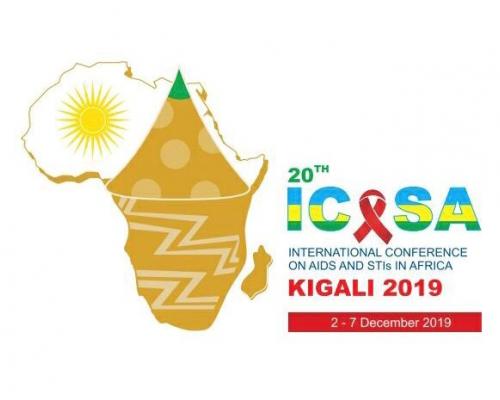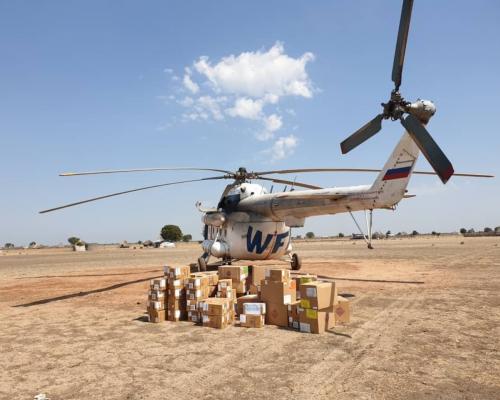Buruli ulcer (BU), or Mycobacterium ulcerans disease, is a severe bacterial infection that affects the skin, soft tissues and the bones. The infection causes permanent disfigurement and disability and belongs to the same family of organisms that cause tuberculosis and leprosy.
Buruli ulcer often starts as a painless swelling or nodule on the arms or legs. The nodules then develop into large ulcers, or skin erosions, that have a whitish-yellowish base. Poorly managed patients may develop severe scars and progress to severe bone deformities and joint contractures.
The mode of transmission to humans is unknown, although there is some evidence that it may be transmitted through the bites of infected aquatic insects, adult mosquitoes or other biting arthropods.
Most cases occur in rural communities in sub-Saharan Africa. Nearly half of people affected in the Region are children under the age of 15. HIV infection is not a risk factor but it weakens the immune system, making the progress of BU more aggressive.
West Africa (Benin, Côte d’Ivoire and Ghana) report most cases with Côte d’Ivoire reporting almost half of the global cases. The African Region with more than 80 000 cumulative cases has around 99% of the global burden of BU. Approximately 80% of cases that are detected early can be cured with a combination of two antibiotics, recommended by the WHO (rifampicin with streptomycin or clarithromycin).
Buruli ulcer, caused by Mycobacterium ulcerans is a chronic debilitating disease that affects mainly affects the skin and sometime bone. The organism belongs to the family of bacteria that causes tuberculosis and leprosy. However, M. ulcerans is an environmental bacterium; the mode of transmission to humans remains unknown. Early diagnosis and treatment are the main strategy to minimize morbidity, costs and prevent long-term disability.


